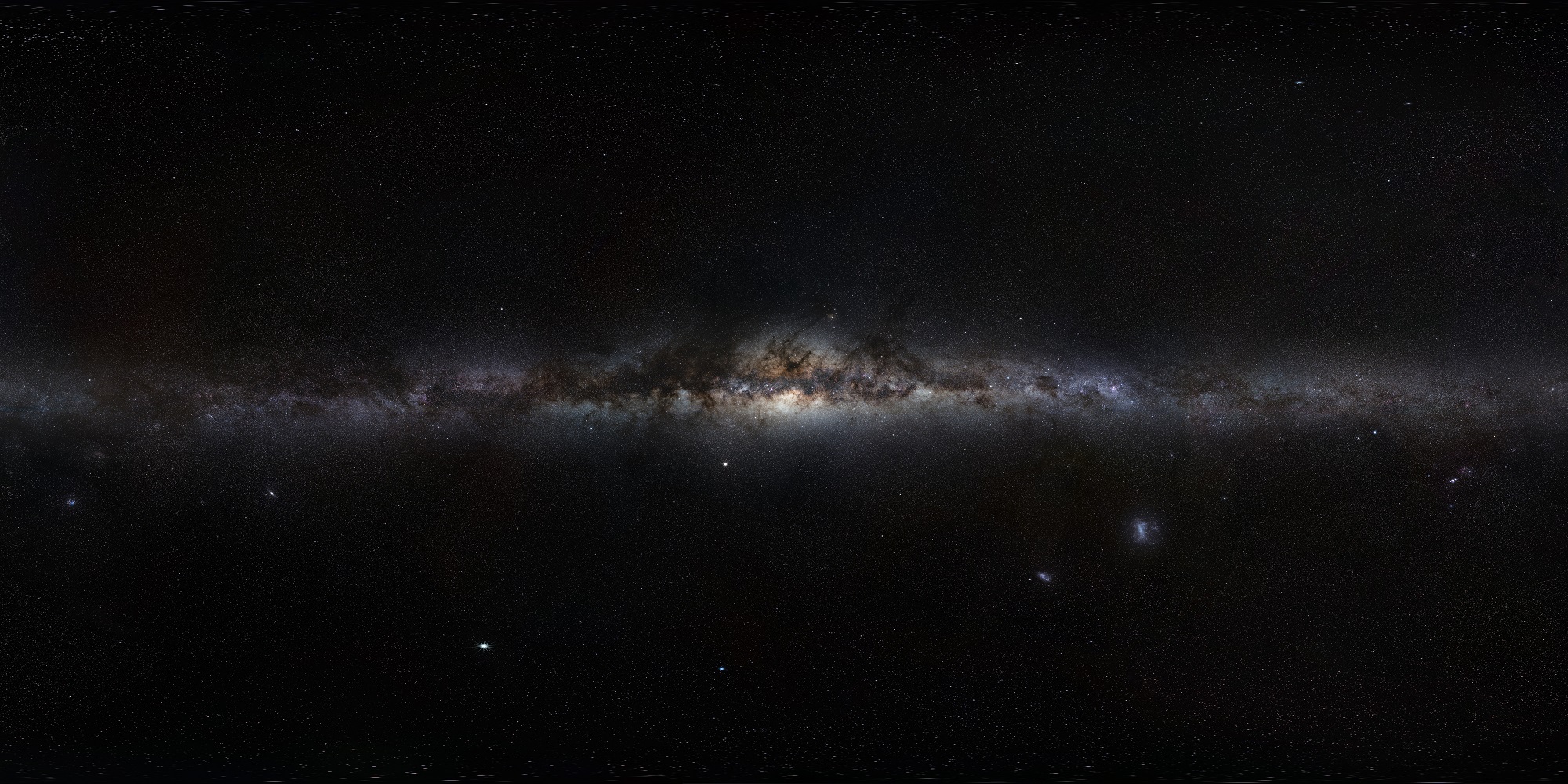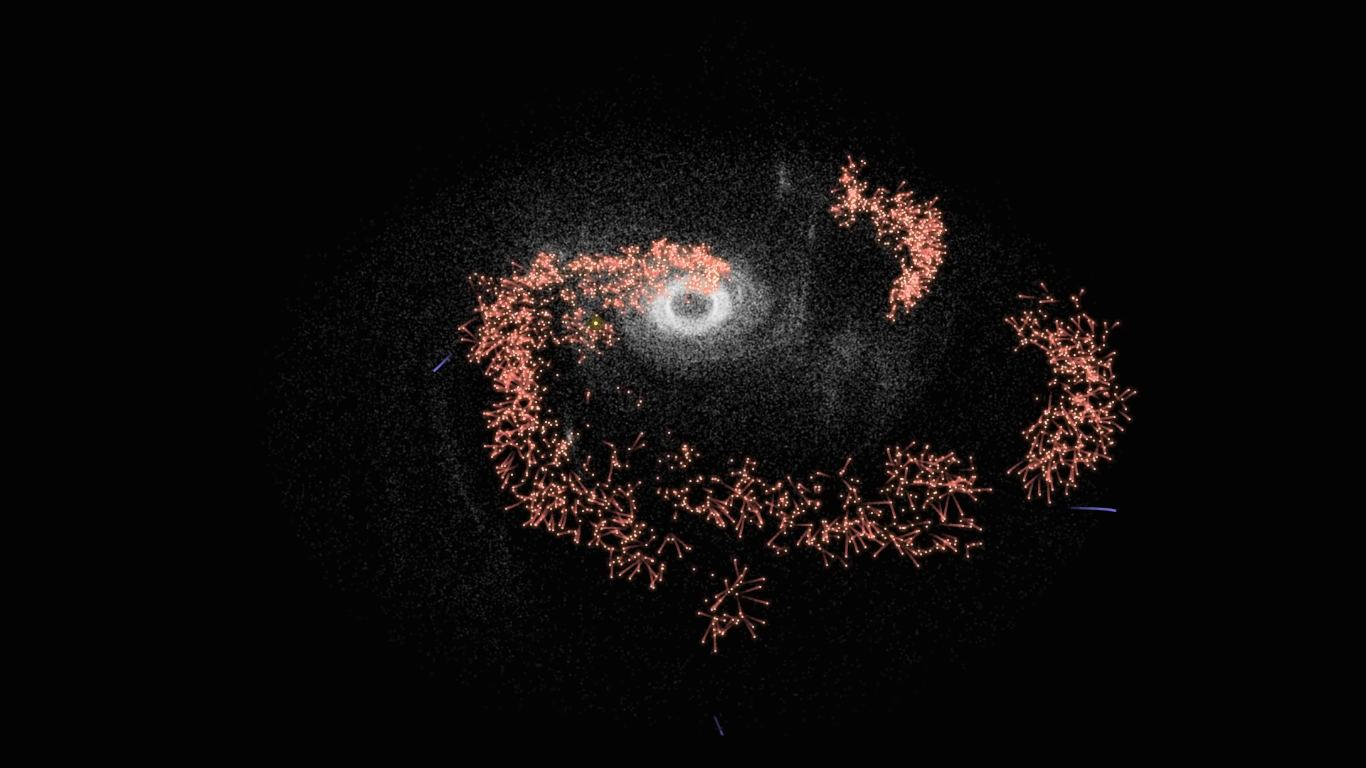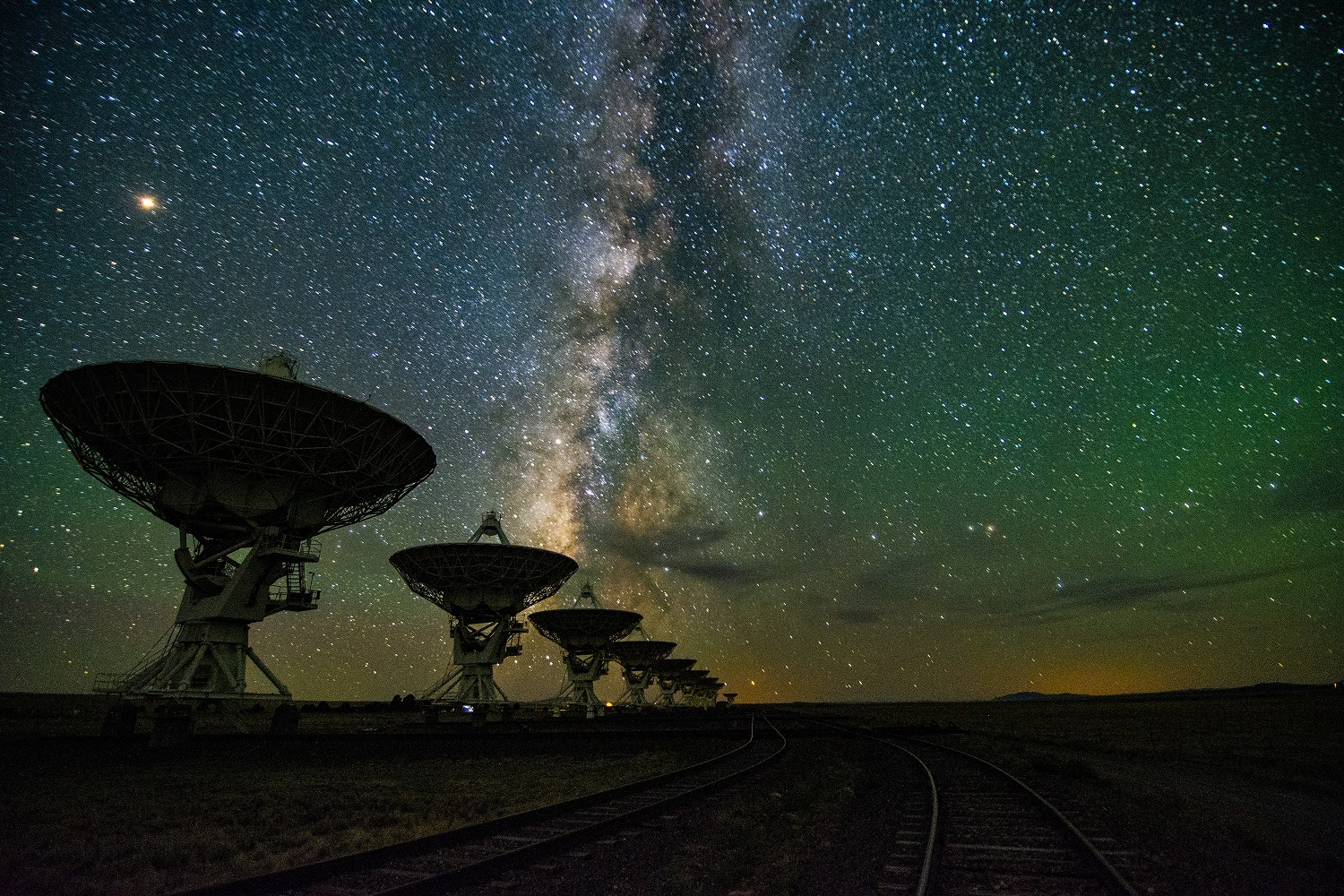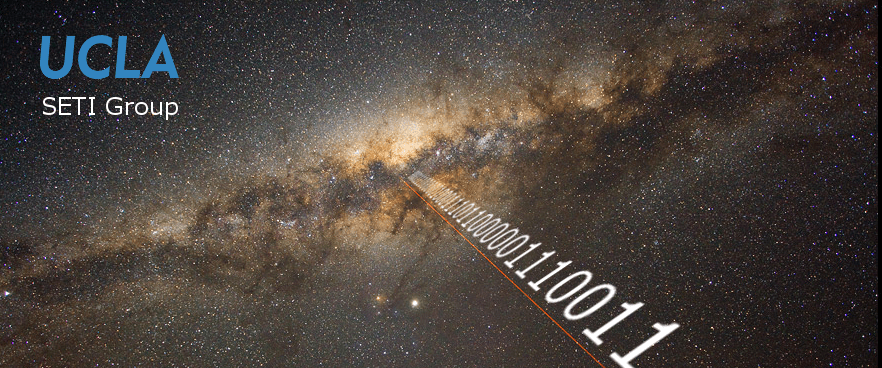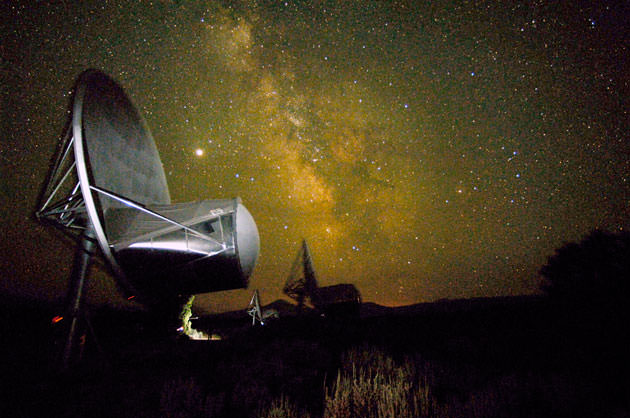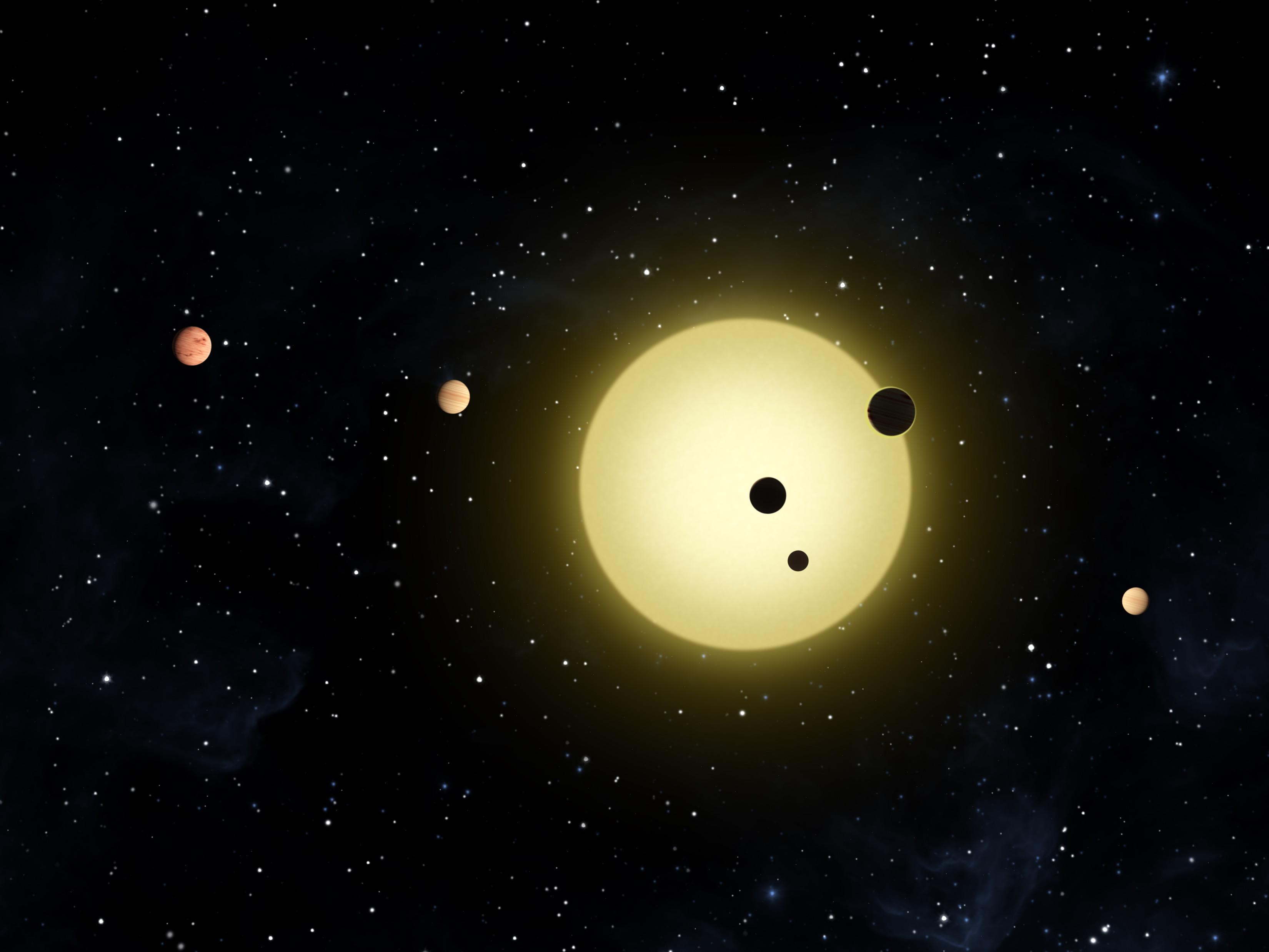Welcome back to our Fermi Paradox series, where we take a look at possible resolutions to Enrico Fermi’s famous question, “Where Is Everybody?” Today, we examine the possibility that we can’t see them because they have us all inside a massive simulation!
In 1950, Italian-American physicist Enrico Fermi sat down to lunch with some of his colleagues at the Los Alamos National Laboratory, where he had worked five years prior as part of the Manhattan Project. According to various accounts, the conversation turned to aliens and the recent spate of UFOs. Into this, Fermi issued a statement that would go down in the annals of history: “Where is everybody?“
This became the basis of the Fermi Paradox, which refers to the disparity between high probability estimates for the existence of extraterrestrial intelligence (ETI) and the apparent lack of evidence. Seventy years later, we are still trying to answer that question, which has led to some interesting theories about why we haven’t. A particularly mind-bending suggestion comes in the form of the Planetarium Hypothesis!
Continue reading “Beyond “Fermi’s Paradox” VII: What it the Planetarium Hypothesis”
